ARTICLES > THRIVE
BACK TO SCHOOL SURVIVAL TIPS AND GLUTEN-FREE LUNCHBOX IDEAS
If your kid is starting a new school or you just want some new tricks, try these back-to-school survival tips and gluten-free lunchbox ideas.
By Selina Altomonte
If your child has a coeliac disease diagnosis, going back to school after a long summer holiday might bring on mixed feelings for you. The extra time together is precious, while having less routine can either be a blessing or a curse. We get it. We also know the morning hustle can be challenging enough, but prepping a great lunchbox that supports your kid’s gluten-free diet can require an extra layer of military precision.
To help you ace your family routine, here is some of the best advice we’ve been given and handy tips to help survive the back-to-school season and beyond.
GETTING ORGANISED
So you’ve become a pro at labelling uniforms, lunchboxes and all the other things you never thought you’d have to keep replacing, but here are a few more ways you can make your life that little bit easier:
The Family Command Centre
With so much going on, it might be time to consolidate everyone’s after-school and weekend activities, special events and even homework or project deadlines in one place that everyone in the family can see. Repurpose a whiteboard or chalkboard your kid has grown out of using for art, or check out some of the great wipe-down planners around that can help you create a ‘Family command centre’ to place on the fridge. Yes, it does take a bit of life admin to stay on top of it, but it’s worth it.
The breakfast station
Depending on your comfort levels with your kids in the kitchen, you might want to help them get used to prepping their own breakfasts to keep the morning routine rolling. Give them a bit of guidance by setting up a breakfast station on the kitchen counter, with their favourite gluten-free breakfast cereal or gluten-free bread for toast, with a couple of spreads to choose from. Or portion some smoothie ingredients in the freezer for older kids to make their own super smoothie first thing.
Batch cooking is for school, too
If you’re going to the trouble of cooking gluten-free meals or baking, why not do a double batch, and portion and freeze for school lunches? This counts for cookie dough for a gluten-free lunchbox treat, or soups for hot lunches. Your future self will thank you.
The lunchbox meal plan
Have you noticed how the school canteen has a basic menu, and a rotation of daily specials that never changes? Take your cue from those clever canteen ladies and write a lunchbox meal plan, so that you know what you need to batch cook or add to your weekly shop. Plan the fruit and gluten-free snacks too to save yourself head space.
The bag check
Speaking of saving yourself head space, depending on your child’s age, consider putting them in charge of their own bag check before leaving for school: do they have their lunch, hat, drink bottle and pencil case? Create a checklist and place it somewhere they can see, until their bag check becomes autopilot. If you’ve ever had to do an extra trip to school because your kid forgot their lunch box, this routine can be a life saver. (And as an extra back-up plan, provide your child’s teacher with a stash of gluten-free snacks in case of emergency.)
The night-before bag pack
Here’s a tip we learned from a mother of five: pack the school bags the night before (except for lunch, of course) to help set you up for success. And better yet, provide a ‘school stuff’ basket or shelf for hats, bags and homework to go into, to avoid the morning scramble, and possibly even calls for ‘Mum, Dad, where’s my…..?’ We live in hope.
GLUTEN-FREE LUNCHBOX IDEAS
Need some more inspiration for gluten-free lunches and snacks for kids? We’ve got you covered.
Building a healthy gluten-free lunchbox
A healthy lunchbox should contain a variety of foods from the five core food groups – and a bottle of water. To set your child up for success in hitting all their nutrition requirements for the day, Accredited Practising Dietitian and health expert with Coeliac Australia Penny Dellsperger recommends that your child’s lunchbox should include at least:
- One serve of fruit, such as a whole banana, apple, or a cup of cut fruit.
- Two serves of carbohydrate-rich, whole-grain foods such as gluten-free bread, gluten-free wraps, gluten-free crackers, gluten-free pasta, rice or corn.
- One serve of protein-rich food such as cooked chicken, meatballs, hard-boiled eggs, tuna, chickpeas, beans, tofu, nuts (check your school or pre-school’s nut policy) and seeds or their butters.
- One or two serves of calcium-rich foods such as milk, yoghurt, cheese or calcium-fortified alternatives.
- Two or three serves of vegetables such as carrot, capsicum or cucumber sticks, cherry tomatoes, snow peas, edamame pods, beetroot or olives.
What’s your go-to sandwich?
Thank goodness there are now so many great gluten-free bread options, from soft and fluffy sandwich bread to pita and wraps. Find a few good fillings your kid enjoys and put them on rotation: beyond ham and cheese, think gluten-free felafels, turkey and avocado or sliced gluten-free chicken tenders with salad.
Remember, it doesn’t always need to be a sandwich
A slice of gluten-free quiche or zucchini pie from your Sunday family lunch is a great lunchbox filler. So is a thermos of warming soup or chicken stew.
Help your kid feel included
Sometimes kids just want to have what their friends are eating too, and this can be challenging for children with coeliac disease. Here’s our hot tip: if the school canteen offers pizza as a weekly special, make a batch of gluten-free pizza scrolls so you can pop one in your kid’s lunchbox on that day of the week, so they don’t feel left out.
The actual lunch box matters too
A good-size lunchbox with lots of small compartments is a good investment to ensure a variety of different foods is provided and so that your child will never feel like they’re missing out. When taking leftovers, a good-quality food thermos or thermal container for keeping food warm can be useful.
MONEY SAVING TIPS
Many of us are affected by the rise of cost of living in Australia, and running a household where a gluten-free diet is necessary can pose more challenges. Here’s what we’ve been trying:
Go for naturally gluten-free wholefoods
Kristina Richardson, accredited practising dietitian for Coeliac Australia, says her number one tip for bringing down household costs is embracing unprocessed foods. “Focus on in-season fruits, vegetables, meats, nuts, legumes, dairy products and gluten-free wholegrains,” she shares.
Make or bake your own
Learning how to make sweet and savoury gluten-free muffins is going to be a game-changer. Some of our favourites for popping into lunch boxes (not just the kids’) include vegie-packed savoury muffins and raspberry, white chocolate and coconut muffins. A slice of homemade banana bread or a gluten-free scone is perfect for recess.
Love your leftovers
Include your kids in preventing food waste and normalise enjoying leftovers. Reheat that pasta, fried rice or even shepherd’s pie from your family dinner and pack it in a food thermos so your child can enjoy a nutritious meal you know has been made in a gluten-free kitchen.
READ THIS NEXT

ADD TO CART BACK TO SCHOOL SPECIAL: GLUTEN-FREE PRODUCTS AND SNACKS
Welcome to Add to Cart's back to school special, where we share great gluten-free products for lunchboxes and after-school snacks.
ADVERTISING FEATURE
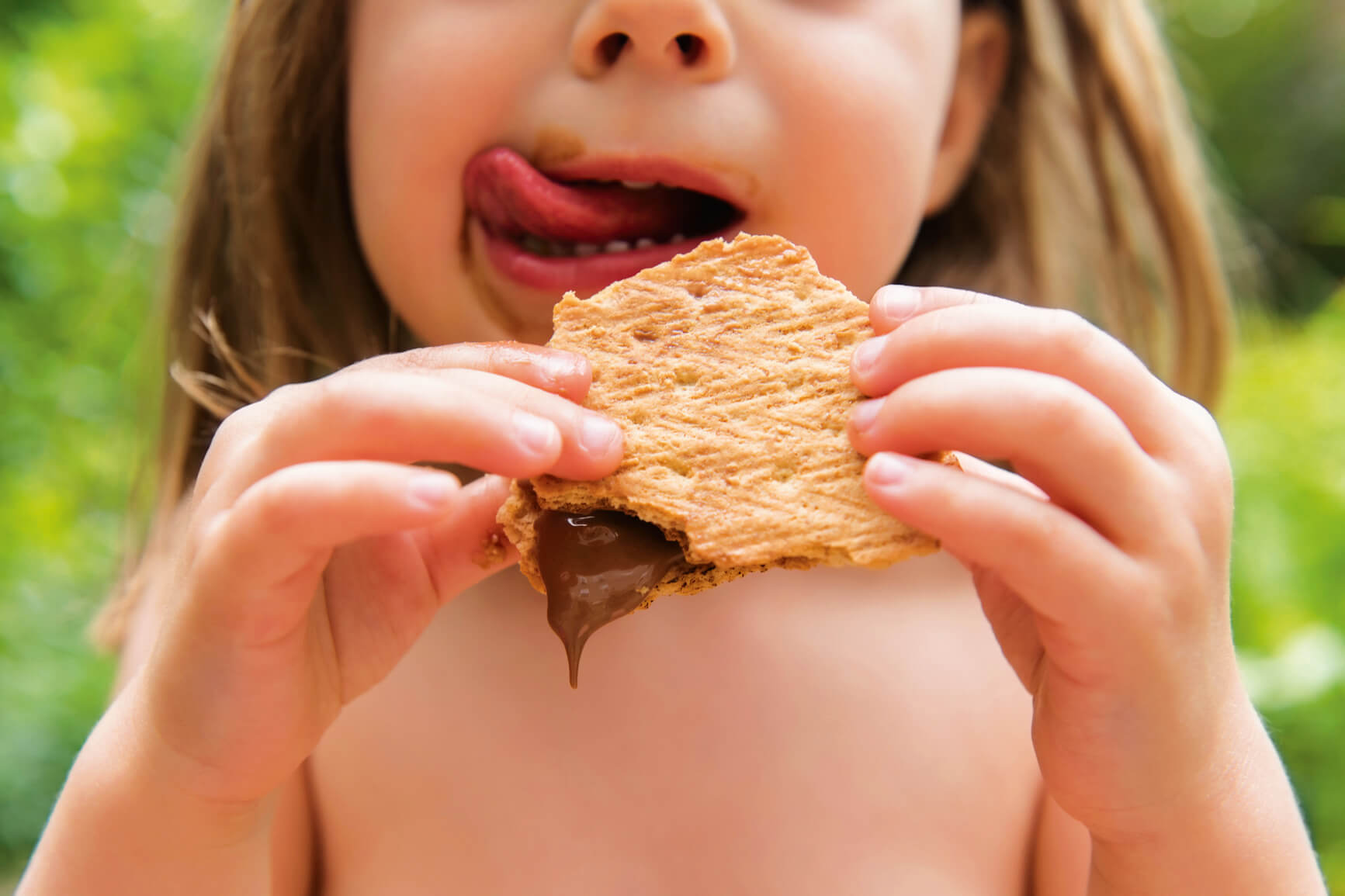
SPECIAL REPORT: CHILDREN AND COELIAC DISEASE
Around 25 per cent of coeliac diseases diagnoses happen in childhood and adolescence. Here's what to expect at different ages and how to support your child.
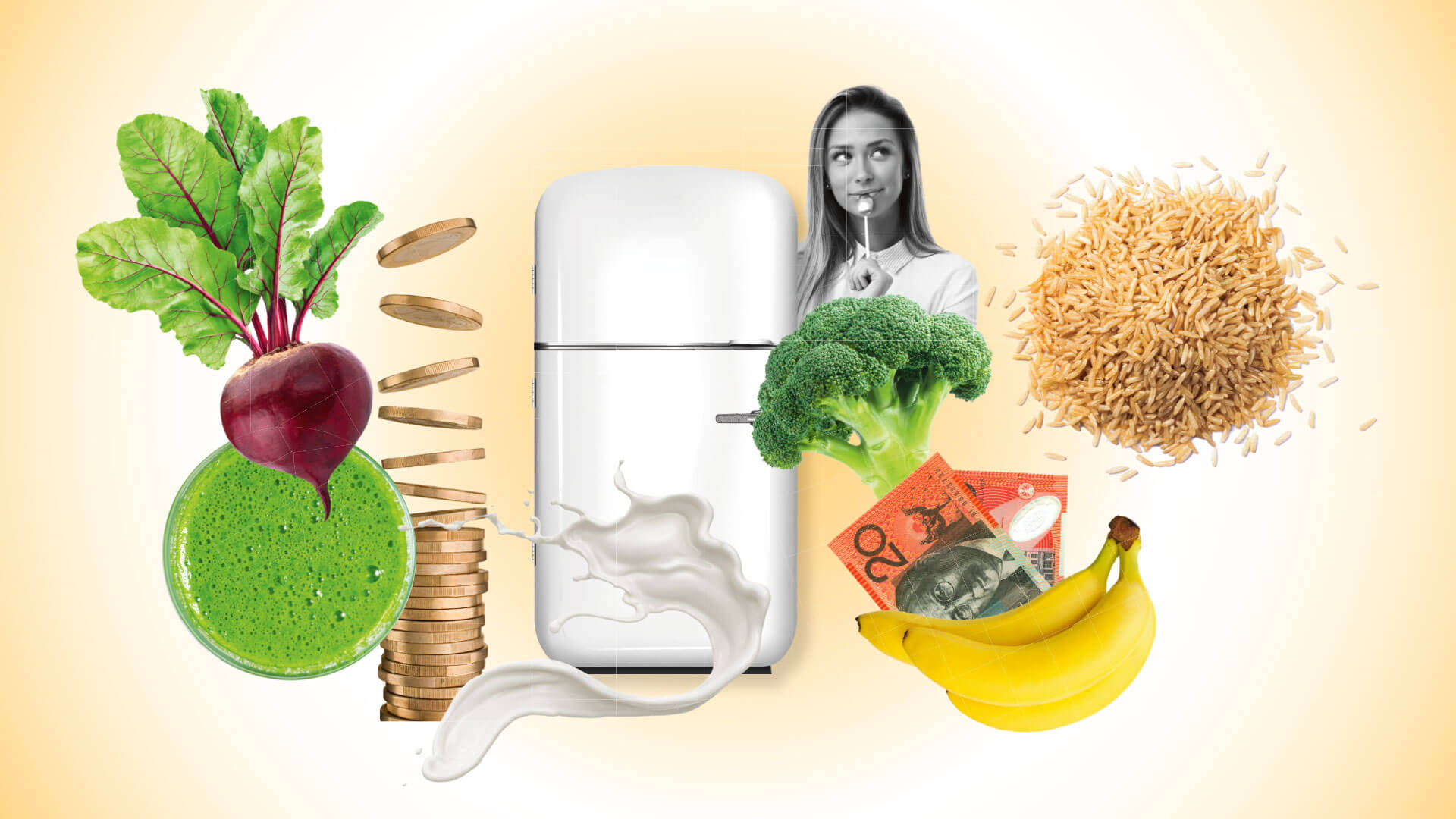
SIX WAYS TO CUT THE COST OF A GLUTEN-FREE DIET
With rising costs hitting harder than ever, Coeliac Australia dietitian Kristina Richardson shares how to eat well while spending less.
See more





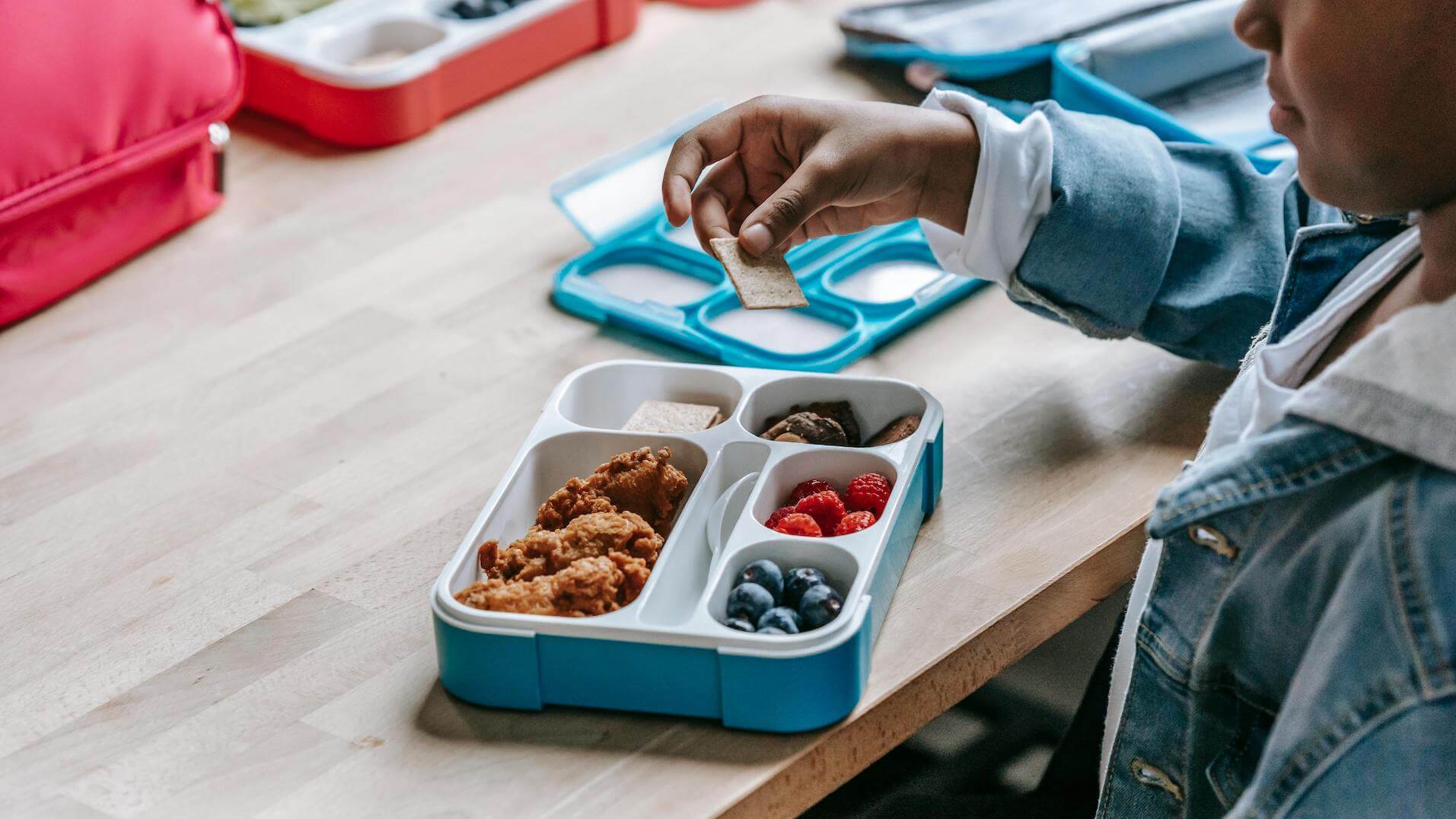
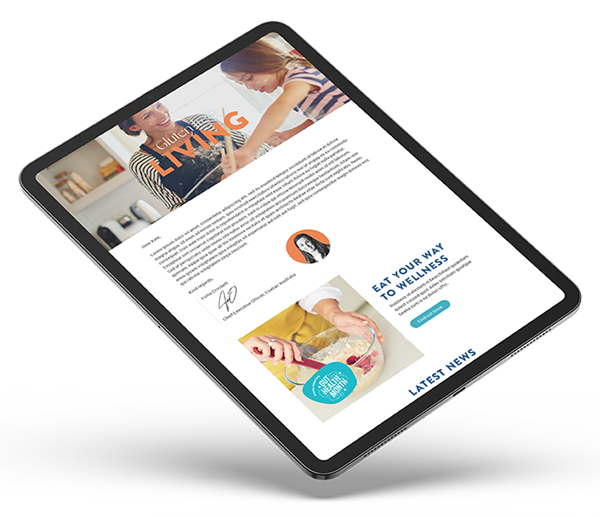
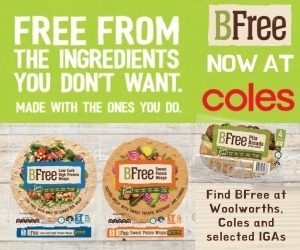

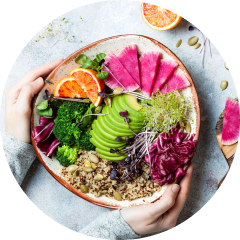
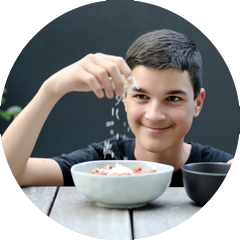




0 Comments